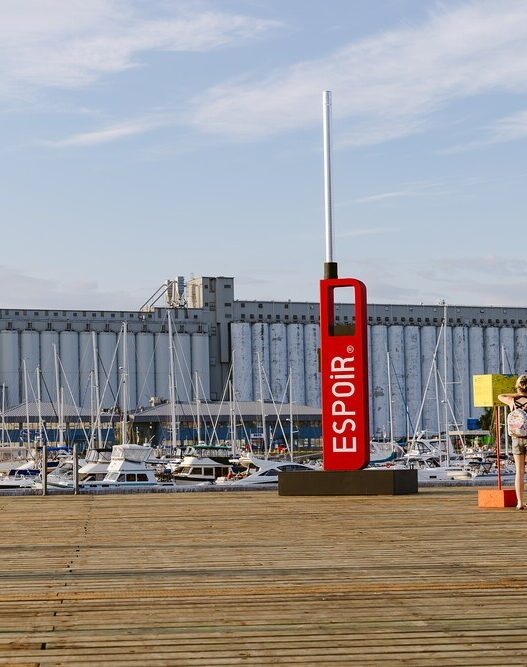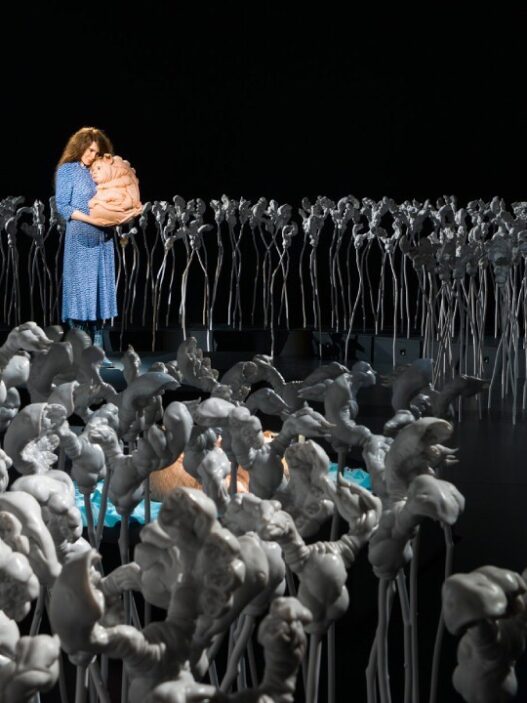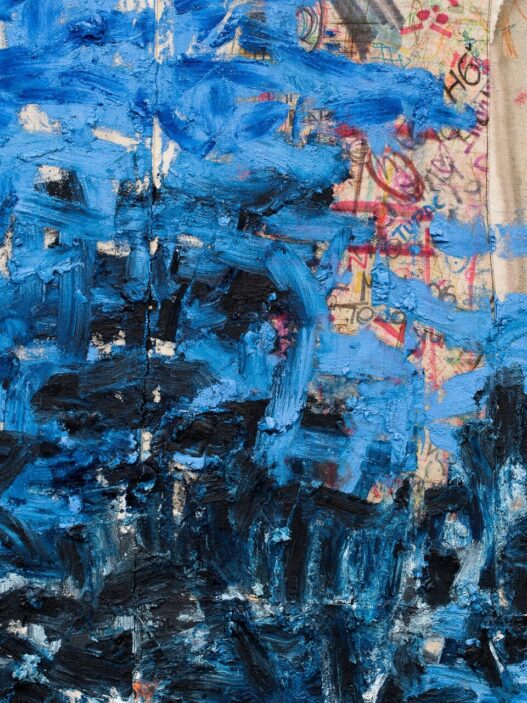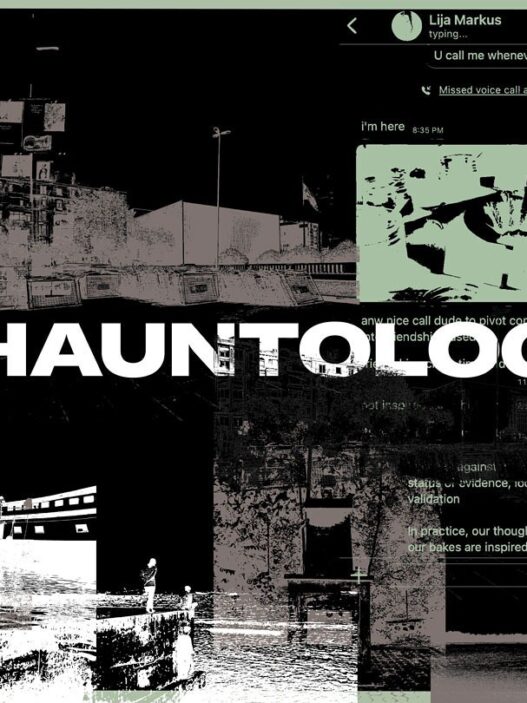How are activists’ ideas and political activities sustained when artists collaborate with them? We invite viewers to visualize the subjectivities, struggles, and truths of those involved in social movements that cross the barriers of geopolitical fragmentation by staging this exhibition at the Tallinn Art Hall in a context that is visibly affected by climate change despite the myth that Estonia is a green forest nation.
Please email Alexia Menikou at am@alexiamenikou.com with any questions from the international press.
About Tallinn Art Hall
The Tallinn Art Hall Foundation is a contemporary art institution established in 1934 with an exhibition programme in three galleries on the central square of Tallinn—the Tallinn Art Hall, the Art Hall Gallery and the nearby City Gallery.
Tallinn Art Hall delivers a compelling program for modern audiences, covers the most important topics in contemporary art and society, and supports artists in producing new exhibitions and works. We facilitate an active exchange of ideas between the local and global art scenes and viewers as members of the greater global contemporary art scene. In addition, we also plan international exhibitions. We place a high importance on our program’s contemporary, global, well-curated, and cross-generational appeal.
Tallinn Art Hall
Tallinn
Vabaduse väljak 8
10146 Tallinn
Estonia
Hours: Wednesday–Sunday 11am–6pm
T +372 5873 6841
info@kunstihoone.ee










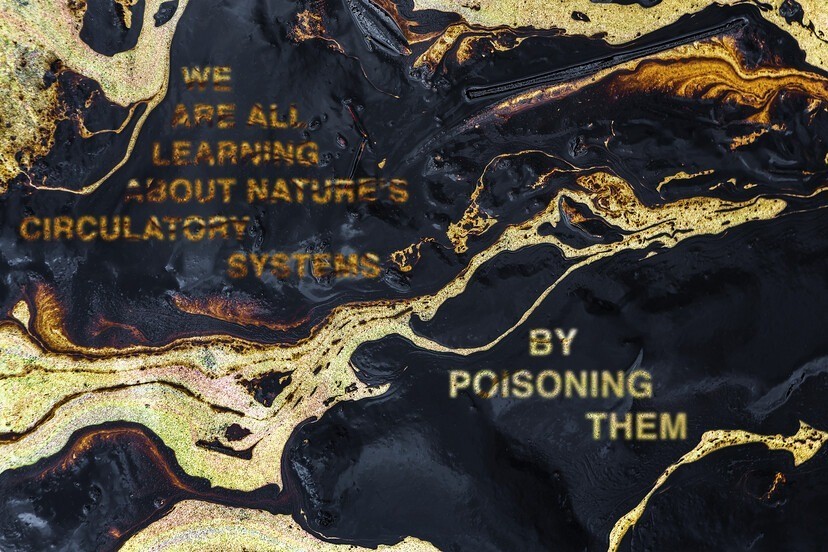


![[1] Kunstverein Toronto announcement. [2] G.B. Jones monograph cover image.](https://dailyart.news/wp-content/uploads/2022/08/kunstverein_toronto-527x703.gif)

